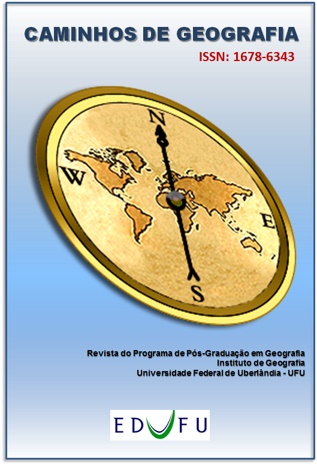AS INDICAÇÕES GEOGRÁFICAS COMO FORMA DE VALORIZAÇÃO DOS ATRIBUTOS TERRITORIAIS DE PRODUTOS ALIMENTARES
DOI:
https://doi.org/10.14393/RCG228356063Keywords:
Indicação de procedência, Denominação de origem, Produtos alimentaresAbstract
Geographical indications emerge, in the European context, from the need to distinguish products on the market to avoid falsifications, and as a means to value territorial attributes. In Brazil, the most recent legislation on this industrial property system dates back to the late 1990s and aims to identify and value the origin and quality of products and services inherent in the territory in which they are produced. With regard to food products, producers can make a profit on this form of certification as it adds market value for their products. Similarly, consumers can benefit since they have the possibility of purchasing differentiated products, often of better quality. In this sense, this research aims to discuss how the process of registering geographical indications can contribute to value territorial attributes of food products. To do so, bibliographic and documentary research were used as methodological procedures. The paper provides an overview of the Brazilian geographical indications, the context and history of their emergence. It also identifies the characteristics and advantages of geographical indications as well as the products that have already been registered as an indication of origin and as a designation of origin.
Downloads
Downloads
Published
How to Cite
Issue
Section
License
Autores que publicam nesta revista concordam com os seguintes termos: a) Autores mantém os direitos autorais e concedem à revista o direito de primeira publicação, com o trabalho licenciado sob a Creative Commons Atribuição-NãoComercial-SemDerivações 4.0 Internacional. b) Autores têm permissão e são estimulados a publicar e distribuir seu trabalho online (ex.: em repositórios institucionais ou na sua página pessoal), já que isso pode gerar alterações produtivas, bem como aumentar o impacto e a citação do trabalho publicado. c) Em virtude de aparecerem nesta revista de acesso público, os artigos são de uso gratuito, com atribuições próprias, em aplicações educacionais e não-comerciais.











